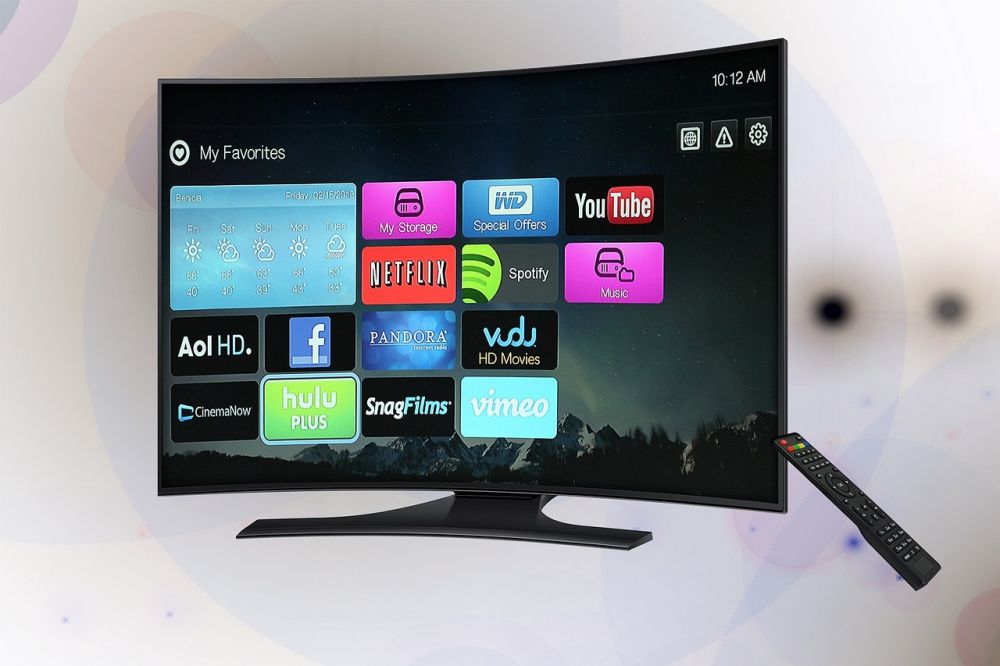Android Emoji: A Comprehensive Guide for Tech and Gadget Enthusiasts

Introduction
Android Emoji has become an integral part of modern digital communication, allowing users to express emotions and add a touch of playfulness to their messages. In this comprehensive guide, we will delve into the world of Android Emoji, exploring its types, popularity, quantitative measurements, differences, and historical development. So, get ready to uncover the fascinating realm of Android Emoji and their impact on our digital interactions.
An Overview of Android Emoji

Android Emoji refers to the various pictographs or ideograms used to express emotions, ideas, and concepts in digital communication on Android devices. Initially developed in Japan by Shigetaka Kurita in the late 1990s, Emoji has quickly spread worldwide, becoming a ubiquitous language in online conversations. Today, Android Emoji includes a vast range of symbols and characters covering a wide spectrum of human emotions and experiences.
A Comprehensive Presentation of Android Emoji
Android Emoji encompasses several types, each representing different emotions or ideas. Some popular types include facial expressions, objects, animals, and plants. Facial expressions, such as smiley faces or frowns, are widely used to convey emotions like happiness or sadness. Objects, like heart-shaped symbols or food items, depict specific concepts or ideas. Animal and plant Emoji add a touch of charm and convey various creatures or nature-related elements.
Quantitative Measurements of Android Emoji
Measuring the popularity and usage of Android Emoji provides valuable insights into their significance in digital communication. Research shows that Emoji usage has grown rapidly in recent years, with billions of Emoji being used daily across different messaging platforms. Furthermore, certain Emoji have emerged as favorites among users, such as the crying-laughing face , heart , and thumbs up . These measurements indicate the immense impact and acceptance of Android Emoji in modern society.
Differences between Android Emoji
Though Android Emoji portray similar emotions or concepts, they often vary in appearance across different devices or platforms. This is due to the use of different design styles, known as emoji skins. These skins alter the appearance of Emoji without changing their overall meaning. For example, the grinning face Emoji on one Android device may have a slightly different design compared to another device. These differences add uniqueness to Emoji while still maintaining their core essence.
A Historical Review of Pros and Cons of Android Emoji
Throughout its development, Android Emoji has encountered both benefits and drawbacks. The introduction of Emoji has enriched digital communication, enabling users to express emotions more vividly and promoting universal understanding across cultures and languages. However, Emoji can also be subject to misinterpretation or cultural differences. In certain cases, the use of Emoji may lead to misunderstandings or unintended meanings. Recognizing these pros and cons is crucial for effective and appropriate Emoji usage.
Conclusion
Android Emoji has revolutionized the way we communicate digitally, providing a universal language of emotions and ideas. By understanding the various types of Android Emoji, their popularity and differences, and their historical development, we can fully appreciate the impact they have on our daily digital interactions. So, next time you’re sending a message, remember to spice it up with the perfect Android Emoji to enhance your expression. Let the Emoji language continue to evolve and bring joy to our digital conversations.





